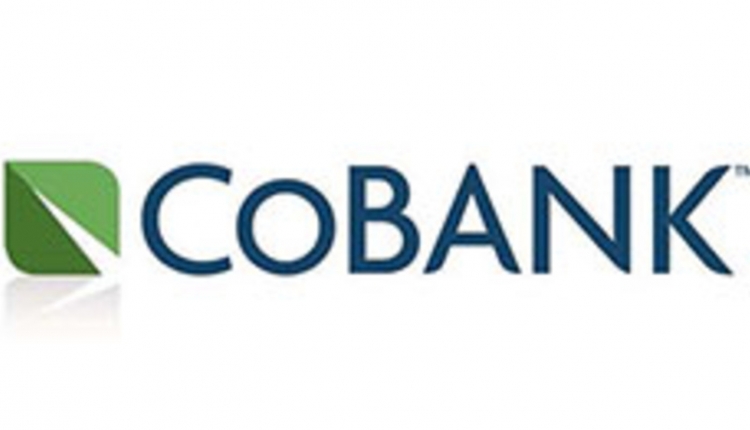The information below has been supplied by dairy marketers and other industry organizations. It has not been edited, verified or endorsed by Hoard’s Dairyman.

DULUTH, Ga. — The Salmonella enterica serotype, Salmonella Dublin, has become famous for its endemic and natural antibiotic-resistant tendencies throughout U.S. dairy herds. Linda Tikofsky, DVM, Boehringer Ingelheim, and Ángel Abuelo, DVM, Michigan State University, outline information all dairy farmers should know about this bacterium, and share on-farm prevention measures that can help keep S. Dublin under control.
UNDERSTAND YOUR OPPONENT
Having a basic understanding of the bacterium and how it behaves is the first step in preventing and managing outbreaks. S. Dublin is known for its speed and the deadly impact it can have on calves. “If you identify Salmonella Dublin, it’s crucial that you act quickly, because the disease spreads very fast,” explained Dr. Abuelo. “Research has shown that calves born during an outbreak are more likely to become latent carriers. Even when outbreaks are controlled and a number of animals appear healthy, they could be carrying and spreading the bacteria. I think it’s important to understand that even though you might not see as many sick calves, the bacteria, and resulting disease, are still present on the farm.”1
Drs. Tikofsky and Abuelo agree preventive management throughout the dairy is important. With the help of your herd veterinarian, follow this checklist to set up the best prevention protocols against S. Dublin.
YOUR SALMONELLA DUBLIN CHECKLIST
1: Manage environmental hygiene
Top-notch management is essential in breaking the cycle of any Salmonella strain, and environmental hygiene is fundamental to that management. For S. Dublin, dairy producers should focus on two key areas: the maternity pens and raw milk fed to calves.
Manure from carrier cows is a main method of transmission to newborn calves, the most susceptible herd members on the farm. “Make sure the maternity pen is clean and free of manure,” shared Dr. Tikofsky. “If you have an endemic herd and calves are born, we want limited contact with the dam. To prevent any exposure to manure, those calves should be removed as soon as possible.”2 Outside of fecal shedding, raw milk is the other main method of S. Dublin transmission. Dr. Tikofsky recommends producers pasteurize both milk and colostrum prior to feeding calves.2
Certain strains of Salmonella, including S. Dublin, are zoonotic bacteria, meaning they can transmit to humans and cause illness.1 Be sure to follow proper hygiene recommendations to keep you and others around you safe.
2: Quarantine and care for sick animals
“Quality care for sick animals is crucial,” said Dr. Abuelo. “But trying to focus on preventing new animals from getting infected is key. Any sick but apparently healthy animals should be immediately segregated from the herd.”
Dr. Tikofsky brought up the importance of also quarantining newly purchased animals. They may look healthy, but there is a chance they are carriers of S. Dublin. “The best thing we can do is isolate new animals two weeks before we introduce them to the rest of the herd,” she stressed. “I would recommend you work with your veterinarian to develop a good biosecurity program.” She added a reminder that transporting cows to and from cattle shows is an opportunity for S. Dublin to enter your farm.
3: Consider vaccinating calves and dry cows
Most S. Dublin strains are multi-drug resistant, leaving many common antimicrobials an ineffective form of treatment.3 Just like with other contagious pathogens, S. Dublin vaccines can be an effective tool in lowering the severity of infection and mortality rate.2 Since S. Dublin is primarily a calfhood disease, Dr. Tikofsky recommended producers look for a vaccine that can be administered to calves as early as 2 weeks of age. “We want to really look at when calves are breaking with disease on each dairy and aim to vaccinate calves prior to that stage,” she noted.
Outside of vaccinating calves for S. Dublin, Dr. Tikofsky said producers can also consider vaccinating their dry cows. “I encourage everyone, if you’ve diagnosed Salmonella Dublin in your herd, to work with your veterinarian,” she expressed. “A veterinarian will best advise when to put a vaccine in your protocol.”
4: Implement diagnostic testing
A good diagnostics program can help producers take quick action as soon as S. Dublin is in question. “A good program can start by screening bulk milk for Salmonella Dublin antibodies at least quarterly per year,” said Dr. Tikofsky. “If we’re looking for carrier cows in our herd, serum-screening animals for antibodies could be helpful. There are individual animal tests that can look for antibodies, and tell if a cow has been exposed previously.”1
In the face of an outbreak, both Drs. Tikofsky and Abuelo urge producers to work with their veterinarian as soon as possible. “It’s important producers realize that there’s not a magic pill that will solve the issue,” concluded Dr. Abuelo. “By working with a veterinarian to set up the best possible prevention protocols and execute quality disease management, they can work to minimize losses from Salmonella Dublin.”


